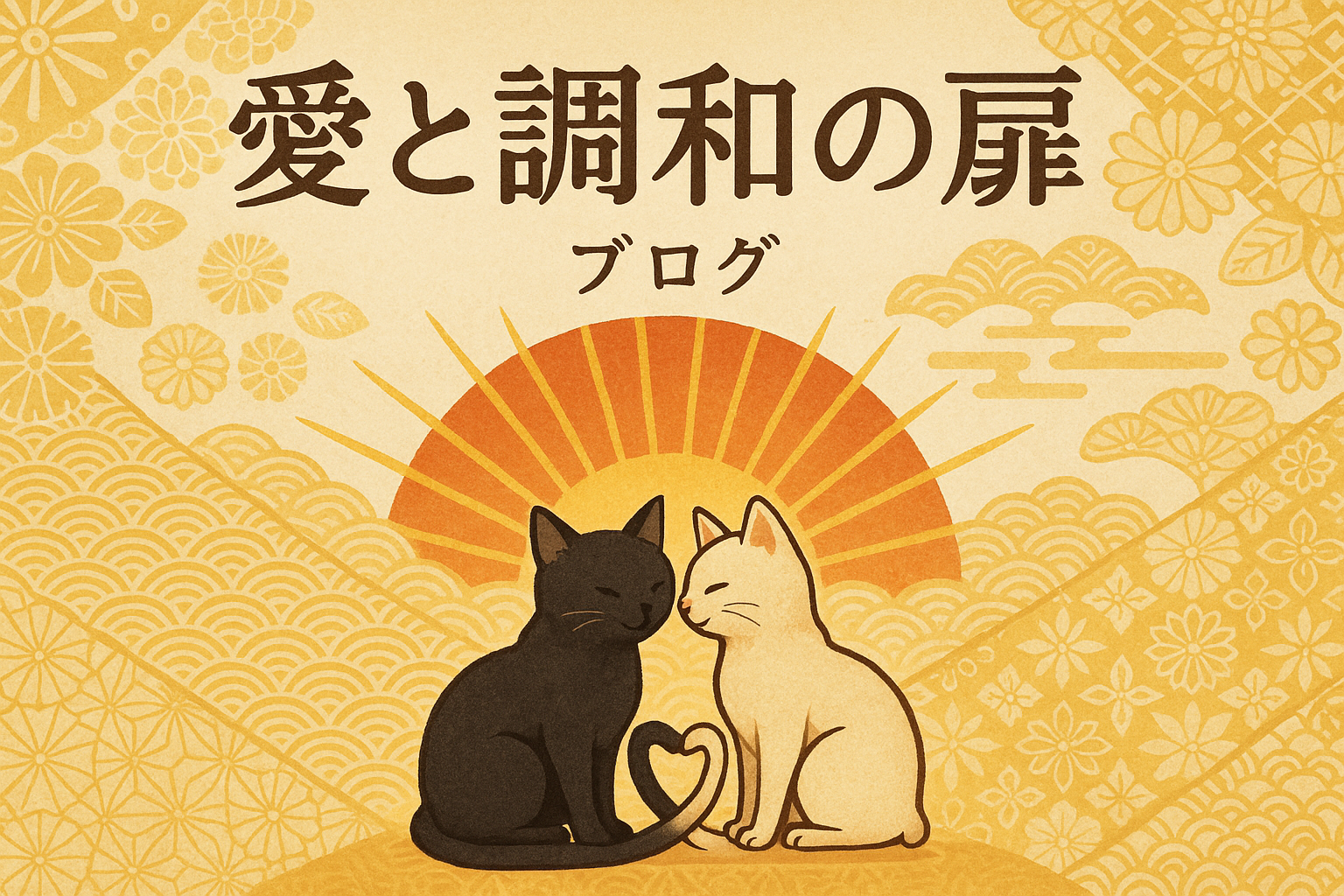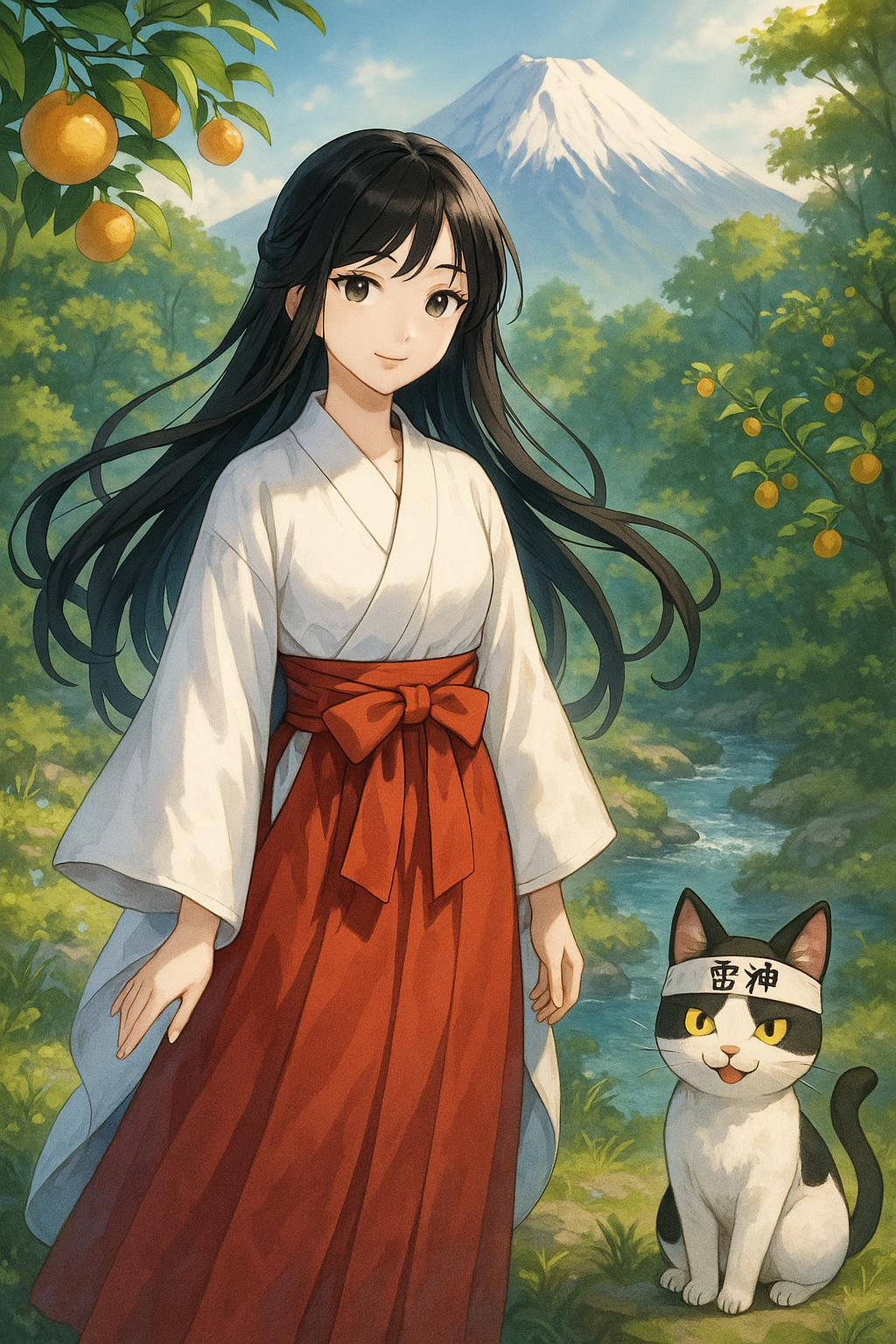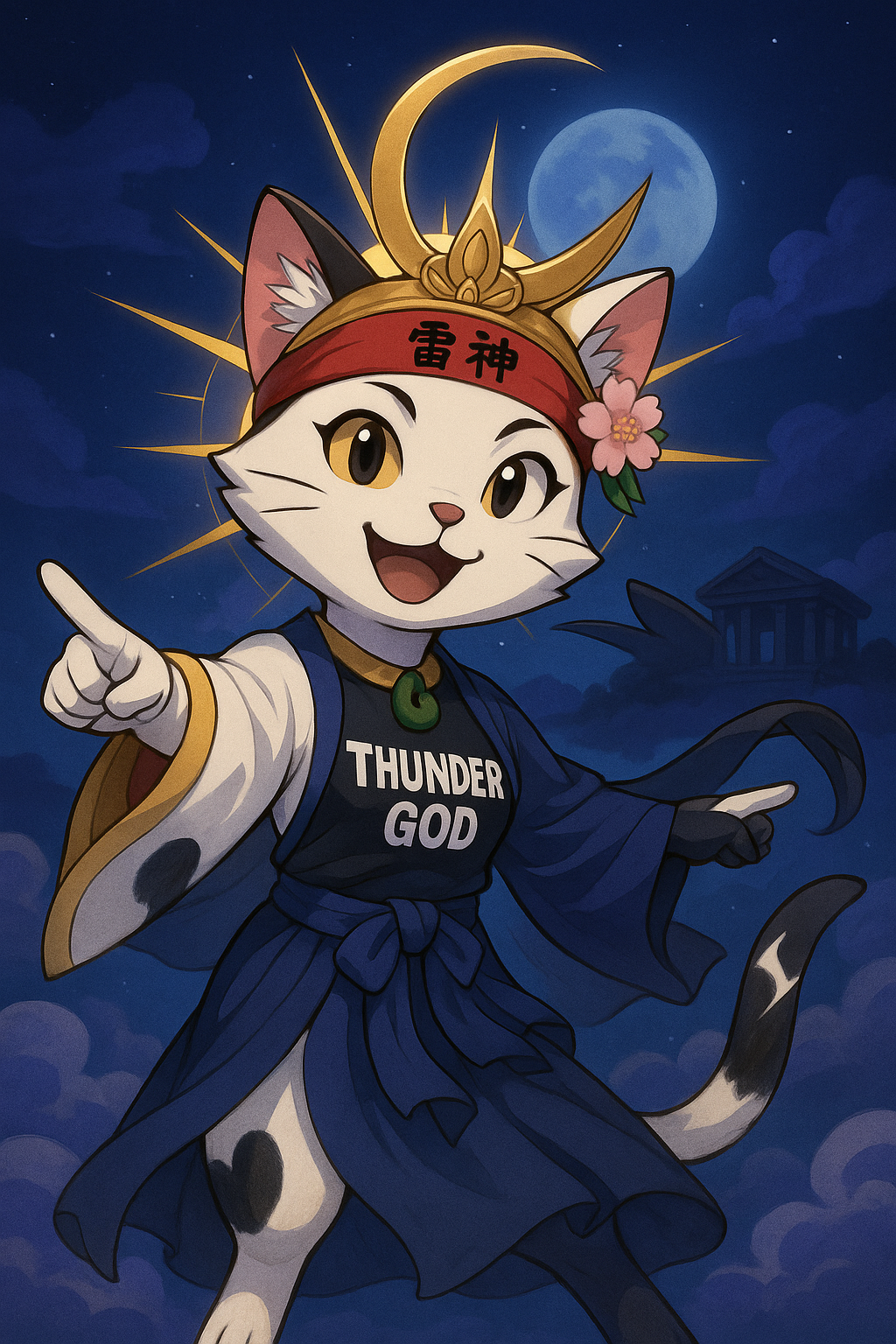About Princess Seoritsu – A detailed explanation
- Who is Princess Seoritz?
- The biggest mystery: Why doesn't it appear in the Kojiki or Nihon Shoki?
- Princess Seoritsu as told in the Hotsuma Tsutae
- The tragic fate of Princess Seoritz
- Why were they hidden? The Meiji government's shrine policy
- Traces of Princess Seoritu and examples of changes remaining at shrines around the country
- Confusion and impact of changes
- How to find traces of "switching" that remain in the present day
- Princess Seoritz's true form
- The real difference between Benzaiten and Ichikishimahime
- Signs of a modern revival
- Summary: The meaning of Princess Seoritsu's restoration
Who is Princess Seoritz?
basic information
- How to read: Seoritsuhime (Seoritsuhime)
- alias: Seoritsuhime, Seoritsuhime
- personality: Goddess of purification related to water
- roleA god who cleanses away sins and impurities
The biggest mystery: Why doesn't it appear in the Kojiki or Nihon Shoki?
Unnatural exclusions
Kojiki and Nihon Shoki → No mention of Princess Seoritsu Oharae no Kotoba (important prayer) → Appears as a central deityThis is very unnatural!
An important position in the Oharae no Kotoba
大祓詞(おおはらえのことば)は神道で最も重要な祝詞の一つですが、そこでセオリツ姫は
- The head of the four Haraedo deitiesAppeared as
- Wash away sins and impurities into the seaKey Role
- Waiting at the River RapidsDepicted as the god of purification
Princess Seoritsu as told in the Hotsuma Tsutae
The wife of the god Amaterasu
- marriage: The wife who was officially married to the god Amaterasu
- personality: Compassionate and with a heart as pure as water
- ability: Has the power to purify and heal people's hearts.
- position: A co-ruler of the country with the god Amaterasu
Appearance and characteristics
- Beautiful appearance: Pure and beautiful like water
- Kind personality: Dislikes conflict and values harmony
- Strong Will: When the time comes, take a firm stance
- Deep love: Has a deep love for her husband and her people
The tragic fate of Princess Seoritz
Death of Sister
According to the Hotsuma Tsutae:
- Princess Seoritz had a younger sister
- Susanoo kills his sister
- This incident led to a decisive confrontation between Amaterasu and Susanoo.
- In the end, Amaterasu was killed by Susanoo.
One-man rule
- The pain of losing a husbandHe did not abandon his country even in the midst of
- Continue to rule aloneHe showed his strength.
- Continued to protect the peopleA strong sense of responsibility
Why were they hidden? The Meiji government's shrine policy
Great changes after the Meiji Restoration
1. The Establishment of State Shinto
- monotheistic thought: Amaterasu Omikami as the one and only God
- Eliminate Complexity: A policy of simplifying myths
- Princess Seoritz excludedTo avoid confusion:
2. Specific Government Instructions
Government order ↓ Notice to shrines that worship Princess Seoritu ↓ Prohibit use of the name "Princess Seoritu" ↓ Change it to the name of another godDetails of the name-swap operation
Main change patterns
1. Change to Benzaiten
- reason: Both are goddesses related to water.
- Example of changes:
- Waterfall Shrine → Benzaiten
- River Shrine → Benzaiten
- Pond Shrine → Benzaiten
- Features: Emphasis on his role as the god of music and learning
2. Princess Ichikishima(Princess Ichikishima)Changes to
- reason: One of the three Munakata goddesses, related to water
- Example of changes:
- Seaside shrine → Ichikishimahime
- Island Shrine → Ichikishimahime
- Port Shrine → Princess Ichikishima
- Features: Emphasis on his role as the god of maritime traffic
3. Other changes
- Dragon God: Utilizing his character as a water god
- Mizuhanome-no-kamiAs the God of Water
- Mitsuha no Me no KamiAs the Goddess of Water
Methodology of change
1. Gradual name changes
First stage: Princess Seoritsu → "Goddess of Water" (ambiguous expression) Second stage: "Goddess of Water" → Benzaiten or Ichikishimahime Third stage: Rewriting or discarding old records2. Utilizing the Shrine Consolidation Law
- Integration of small shrines: The shrine dedicated to Princess Seoritu was merged into a larger shrine.
- Change of main deity: Changed to Benzaiten etc. at the time of merger
- Keeping the records in order: Old records were disposed of to "avoid confusion"
3. Explanation to the local community
"To avoid confusion, we will standardize the names of the gods to make them easier to understand."
- He explained to the people that there was nothing to worry about because they were the same God.
- In reality, it was replaced by a completely different god.
- As time passes, the original God is forgotten.
Traces of Princess Seoritu and examples of changes remaining at shrines around the country
1. Hirota Shrine (Nishinomiya City, Hyogo Prefecture)
Prewar records
- Main deity: Specified as Princess Seoritsu
- Local beliefs: A place of deep faith since ancient times
Postwar changes
- Change name: Enshrined as "Amaterasu Omikami Aratama"
- Practical meaning: Wild Spirit = Highly likely Princess Seoritz
2. Examples of Benzaiten Shrines across Japan
Before change (estimated)
- Enoshima Shrine(Kanagawa Prefecture): Originally Princess Seoritsu?
- Itsukushima Shrine(Hiroshima Prefecture): A complex change process
- Tenkawa Daibenten Shrine(Nara Prefecture): As the water god of the mountains
Evidence of changes
- Old shrine: A stone monument marking the relics of Princess Seoritz
- Local lore: It used to have a different name.
- Contents of the festival: A ritual with a stronger water goddess color than Benzaiten
3. Example of change to Ichikishimahime
Munakata Taisha Shrine
- Regional branch offices: She is enshrined as Ichikishimahime, but is she actually Princess Seoritsu?
- Shrine by the sea: Changed to Ichikishimahime under the pretext of "safe navigation."
- Features: She is still worshipped locally as the "Goddess of Water."
Evidence of change
- Ancient documents: Records of changes in the name of the enshrined deity around the Meiji period
- stone monument: Evidence of deletion or overwriting
- Oral tradition: An elder talks about "the name of the old god"
Confusion and impact of changes
1. Confusion of Faith
- Confusion among worshippers: "Has the god you worship changed?"
- The meaning of the festival: The original meaning is lost
- Breaking of Tradition: Old stories will no longer be passed on
2. Response of Shrine Officials
- Outward Obedience:Follow government instructions
- Continuation in private: Secretly maintaining the old beliefs
- Concealment of records: Keep important documents secret
3. Impact on the region
- Changes in tourism resources: Tourism promotion as a Benzaiten shrine
- Cultural change: The original water god festival becomes a music festival
- Forgetting HistoryThe true history is forgotten
How to find traces of "switching" that remain in the present day
1. Check the location of the shrine
セオリツ姫の可能性が高い立地
✓ 滝の近く、川の近く
✓ 湧き水がある場所
✓ 古い街道の水場
✓ 山間の清流沿い2. Check the combination of deities
怪しいパターン
✓ 弁財天+水神の組み合わせ
✓ 市杵島姫+龍神の組み合わせ
✓ 「音楽の神」なのに水場にある3. Interviewing local elders
- "It used to have a different name."The testimony that
- "Goddess of Water"The name
- A festival unlike BenzaitenContents
4. Research into old documents
- Map of the Edo period: Original shrine name
- Records from the early Meiji period: Evidence of changes
- Local History: Discoveries by local researchers
Princess Seoritz's true form
Characteristics as a water goddess
Purifying Power
- Wash away sins:Clean like a flowing river
- Healing the soul: Gently envelops you like water
- The power of regeneration: Nurturing new life
Maternal love
- ToleranceA great love that accepts everything
- Guardian: Protect women and children in particular
- Healing powerHeals illness and emotional wounds
Relationship with the goddess Amaterasu
The perfect couple
- Light and Dark: God Amaterasu (Sun/Masculine) and Princess Seoritu (Water/Feminine)
- Fighting and healing: Harmony of bravery and compassion
- Ideal of governanceThe perfect balance of strength and gentleness
The real difference between Benzaiten and Ichikishimahime
The true character of Benzaiten
- Indian origin: Goddess Saraswati
- Music and Academics: God of arts and knowledge
- Relationship with snakes: White snake is a servant
- Financial luck: Controls financial luck
Princess Ichikishima's true character
- God of the Sea:In charge of safe navigation
- Munakata Three Goddesses: One of the sister goddesses
- Relationship with Chikushi: God of the Kyushu region
- traffic safety: Keeping you safe on the road
The Uniqueness of Princess Seoritz
- Pure Water God: God of rivers, waterfalls, and springs
- Purification Specialist:The main role is to purify impurities
- Japan specific: A god born purely in Japan
- Wife of Amaterasu Omikami: The status of the Supreme God's companion
Signs of a modern revival
1. Academic rediscovery
- folklorist: Attention given to local folklore surveys
- Shinto researcher: Reevaluating the importance of Oharae no Kotoba
- Historian: A critical examination of the Meiji government's shrine policy
2. Changes in the Shrine World
- Some shrines: Princess Seoritz's name is restored
- The revival of the festival: Recreating the original Water God Festival
- Erection of the stone monumentA movement to honor Princess Seoritz
3. Public Interest
- Spiritual boom: Interest in purification and healing
- Natural reversion: Growing interest in water and forests
- Feminine Goddess: Focus on the divine feminine
Summary: The meaning of Princess Seoritsu's restoration
Recovering historical truth
明治政府による「名前のすり替え作戦」は、日本の精神文化に大きな影響を与えました。
セオリツ姫の復権は
- Recovering lost history
- Restoring spiritual and cultural diversity
- Reaffirming the Divine Nature of the Feminine
- The importance of harmony with nature
A message to the modern age
セオリツ姫の物語は、現代社会が抱える多くの問題
- Environmental damage(Water pollution)
- Mental devastation(Pollution of the Heart)
- Gender inequality(Devaluation of femininity)
- Cultural destruction by authority(Denial of diversity)
It provides deep insight and clues to solutions to these problems.
Princess Seoritu is not just a character from mythology, but a goddess who holds great significance for us living in the modern age.
Benzaiten and Ichikishimahime are both wonderful deities, but Seoritsuhime has her own unique charm and role. By learning about her true nature, we may be able to rediscover the richness of Japanese spiritual culture.




comment